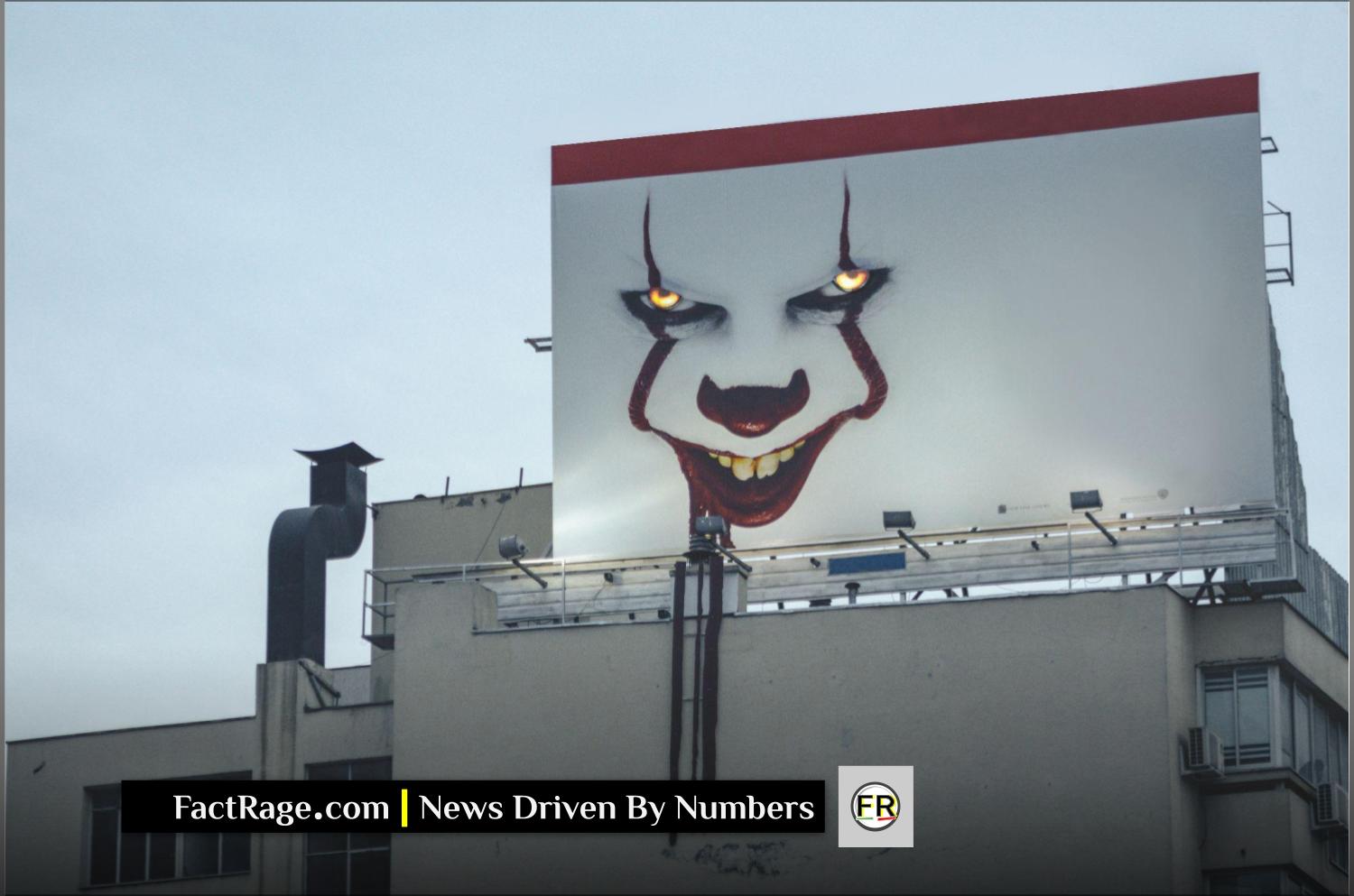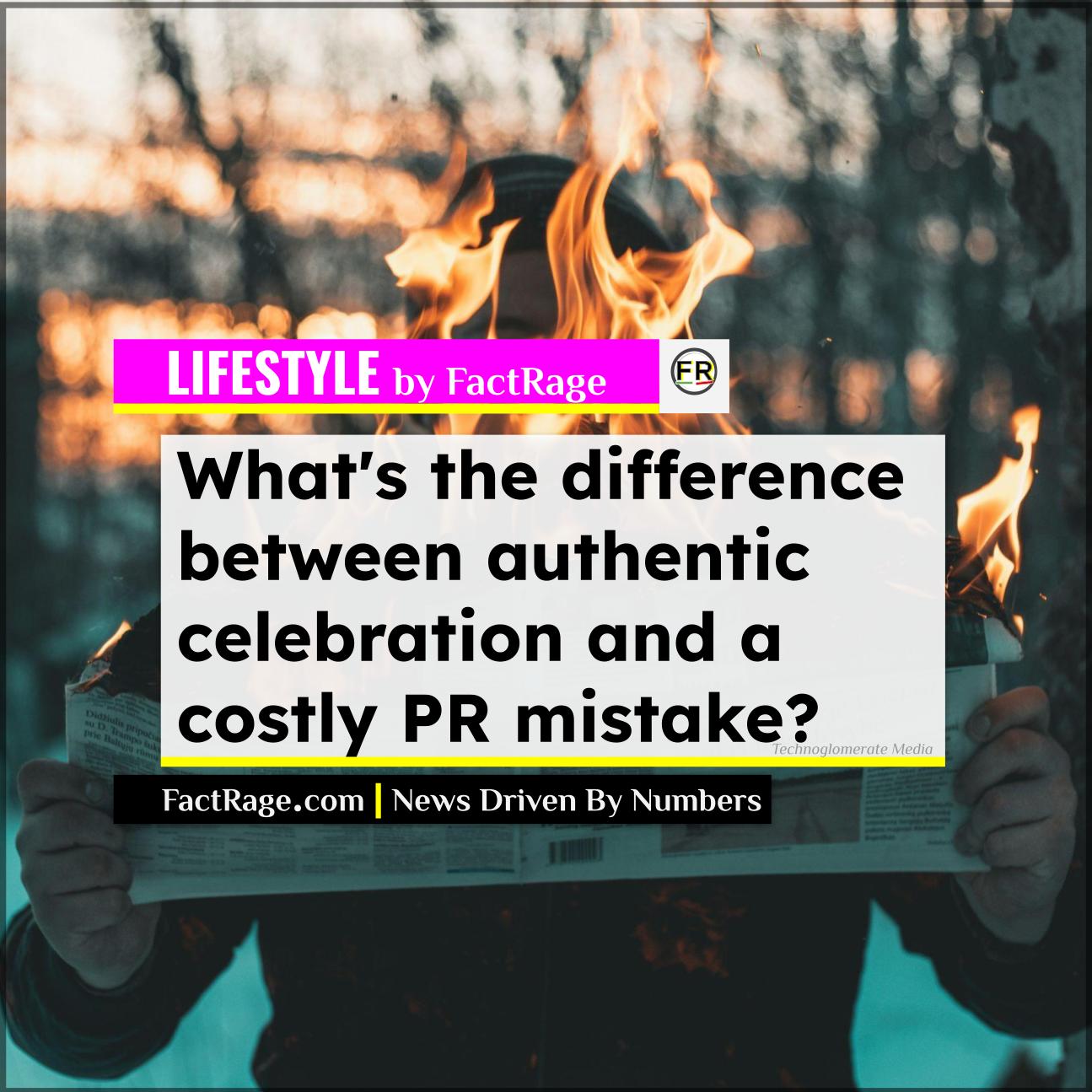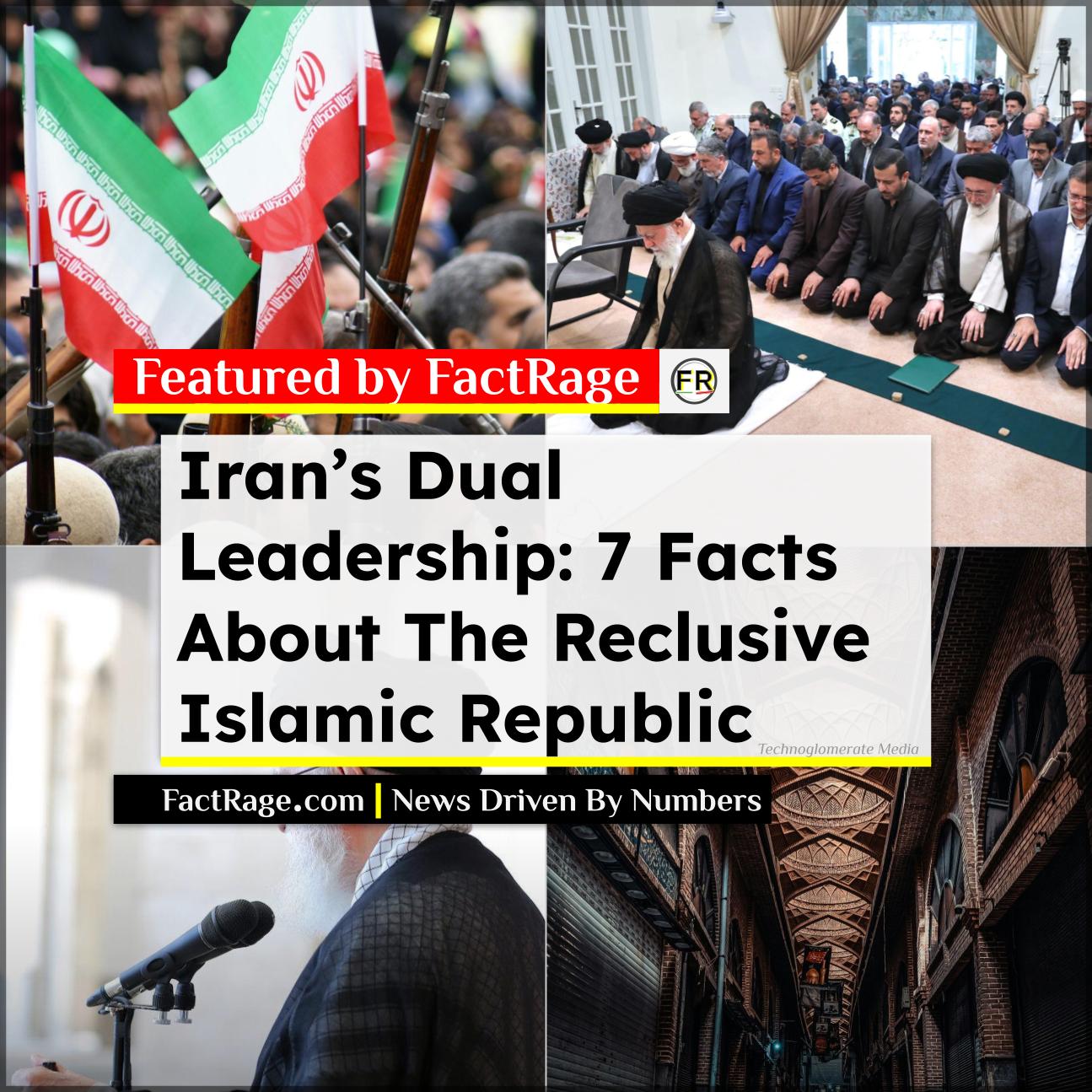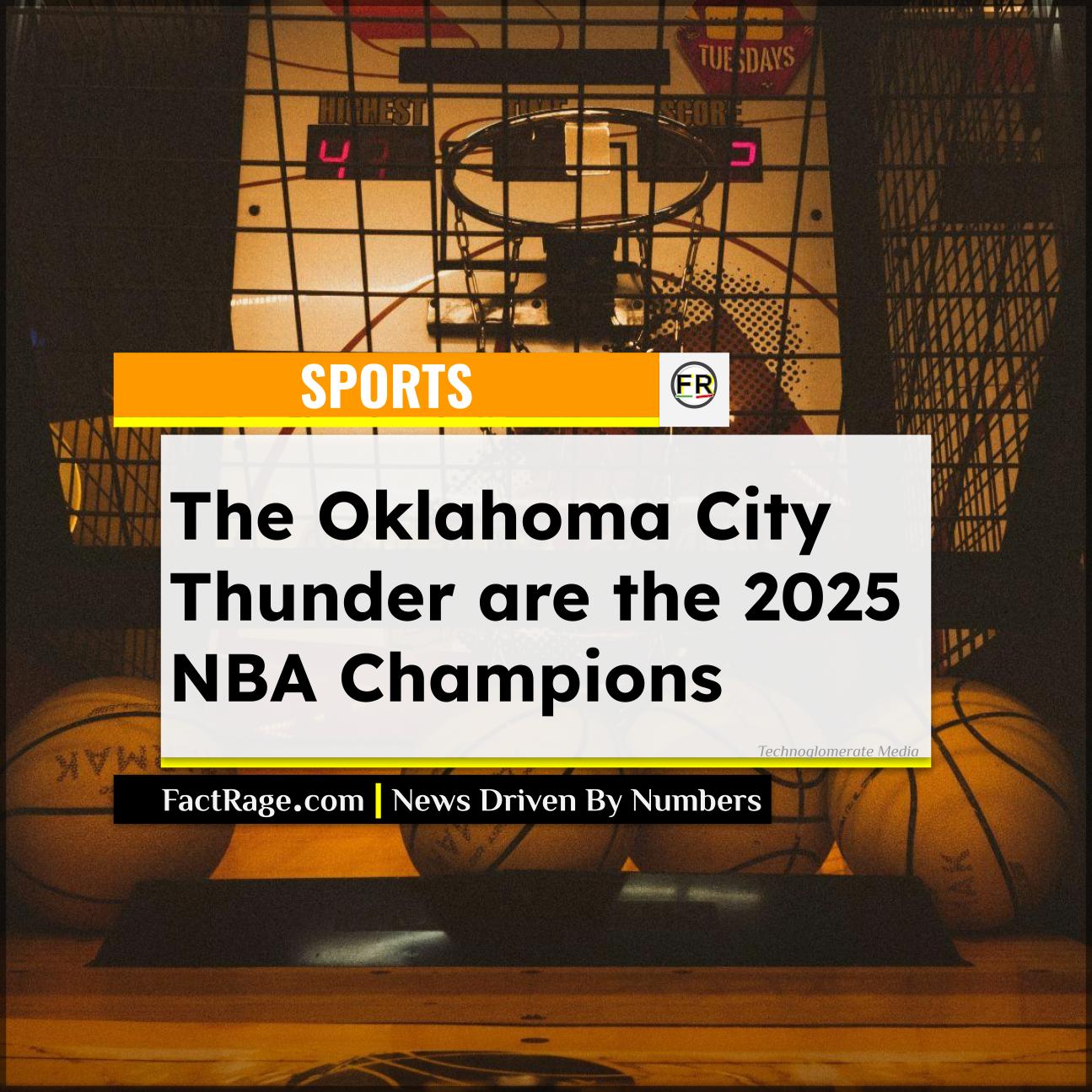NATIONWIDE – A now-infamous red, yellow, and green cake intended to celebrate Juneteenth became a viral symbol of a persistent corporate challenge: how to participate in cultural moments without stumbling into public relations fiascos.
- The Catalyst – In 2022, retailer Kroger released a line of Juneteenth-themed products, including a cake with a swirled red, yellow, and green frosting design, which drew immediate and widespread criticism on social media for appearing to misunderstand the holiday’s Pan-African colors of red, black, and green.
- The Broader Trend – Brands increasingly feel pressure to create products and marketing campaigns around cultural, social, and historical events, from Juneteenth and Pride Month to the NBA Finals, placing them in a high-stakes arena where success can build loyalty, but failure can lead to accusations of ‘performative allyship.’
- The Authenticity Test – The line between a celebrated campaign and a tone-deaf gaffe often comes down to authenticity, deep cultural understanding, and the direct involvement of individuals from the communities being celebrated—a crucial step many organizations miss.
The incident involving Kroger and its celebratory products serves as a potent case study in the complex world of corporate cultural marketing. For brands, the question is no longer if they should engage with cultural conversations, but how they can do so in a way that resonates positively with consumers.
A Recipe for Backlash: The Juneteenth Branding Gaffe

In the lead-up to Juneteenth in 2022, shoppers began noticing new themed products on the shelves of Kroger and its subsidiaries. Among them were branded paper plates, napkins, and, most notably, a “Juneteenth Celebration Cake.” The cake, a vanilla swirl with red, yellow, and green frosting, quickly drew fire online. Critics pointed out that the design seemed to conflate Juneteenth with Rastafarian or generic African colors, rather than the red, black, and green of the Pan-African flag, which are deeply associated with Black liberation and the holiday itself.
The backlash was swift, with social media users accusing the company of commercializing a significant day in Black history without proper understanding or respect. The situation was further complicated by the fact that Walmart had faced a similar controversy over its own Juneteenth-themed ice cream just weeks earlier. Kroger eventually issued an apology and discontinued the product line, stating its intent was to celebrate the holiday but acknowledging the execution missed the mark. What made this a particularly sharp lesson for corporate America? It highlighted a critical failure to consult with the very community it aimed to honor.
The High-Stakes Game of Cultural Engagement
The drive for brands to participate in cultural moments is more intense than ever. A successful campaign can align a company with powerful social values and create deep connections with consumers. Think of Nike’s consistent and often lauded campaigns that celebrate athletic triumphs and social justice icons, or how brands seamlessly integrate into the excitement of major sporting events like the World Cup or NBA Finals with clever, relevant advertising. When done right, it feels like a natural extension of the cultural conversation.
However, the risk of getting it wrong is equally high. When a brand’s efforts are perceived as a shallow attempt to capitalize on a moment—a practice often derided as “performative allyship” or “rainbow capitalism” during Pride Month—the damage can be significant. These marketing misfires often become viral memes, subjecting the brand to widespread ridicule and eroding consumer trust. The core problem isn’t the desire to participate, but the execution, which can betray a fundamental lack of understanding or a focus on profit over people.
What Separates Celebration From Pandering?

The difference between a campaign that celebrates and one that condescends often boils down to a single word: authenticity. Authentic engagement is rooted in genuine understanding, respect, and, most importantly, collaboration. It involves listening to and empowering members of a specific community, rather than simply marketing to them.
Successful campaigns are typically developed with input from cultural consultants or diverse internal teams who can provide crucial context and nuance. Why did the Kroger cake fail? It appeared to be a top-down corporate decision based on a surface-level interpretation of a deeply significant event. In contrast, campaigns that succeed often elevate the voices and stories from within a community, ensuring the message is not just appropriate, but meaningful. For any brand looking to enter a cultural conversation, the central question must be whether they are adding to the celebration or simply trying to profit from it. Without a clear and respectful answer, they risk becoming the next viral cautionary tale.













